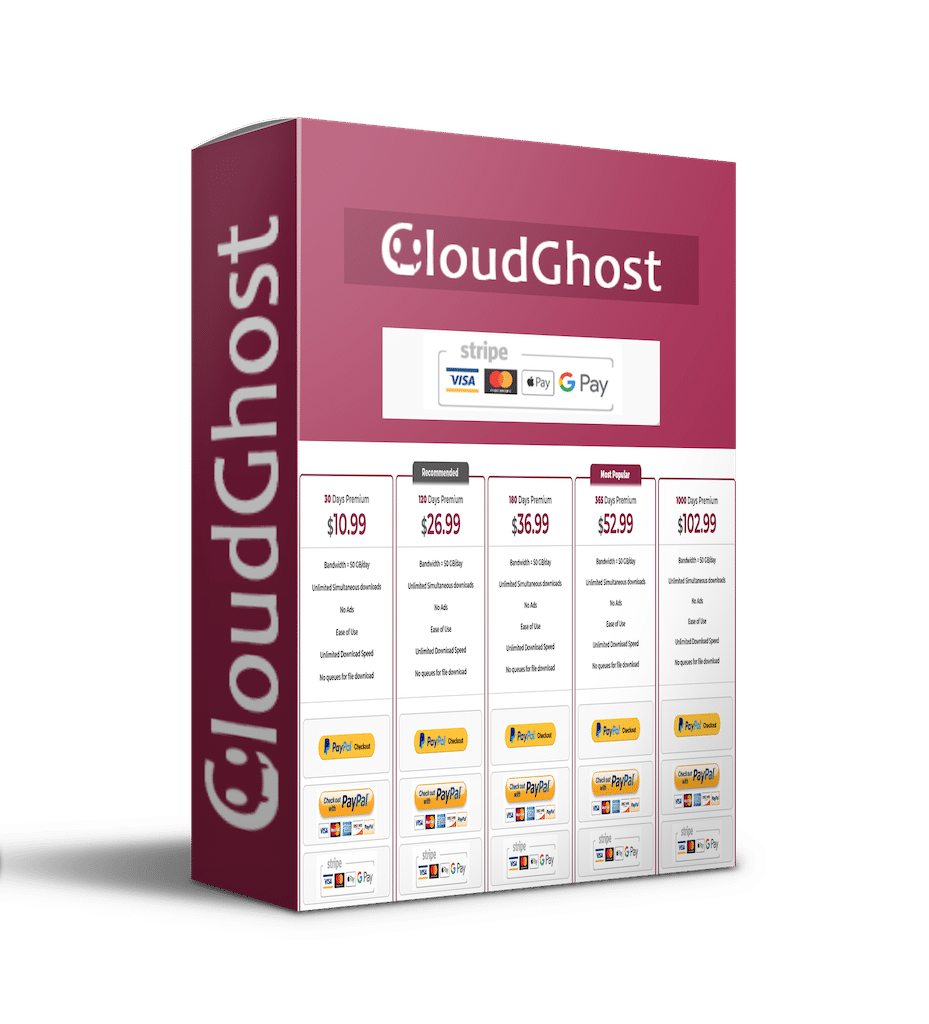Cool
Go Building 7 Real-World Projects Free Download

Last updated 5/2018MP4 | Video: h264, 1280×720 | Audio: AAC, 44.1 KHzLanguage: English | Size: 295.45 MB | Duration: 5h 33m
Master the art of Go programming by working with real-world projects
What you’ll learn
By the end of the course, you’ll be ready to create start-up standard projects.
Requirements
You should have some programming experience; this can be in anything from Ruby to C or javascript.
Basic knowledge of Go would be an advantage.
To compile and run the code from this course, you will need a computer capable of running an operating system that supports the Go toolset, a list of which can be found athttps://golang.org/doc/install#requirements.
Description
If you’re a programmer wanting to build scalable projects, this course is for you. Or if you’re a gopher with an interest in how the language can be applied in interesting ways, this course will meet your need.
Google’s Go is among the favorites to build software that is reliable and efficient. It simplifies the whole developing process. In short, Go is the language of the Internet age.
Go: Building 7 Real-World Projects exists as a blend of text, videos, code examples, and assessments, which together makes your learning and creating journey all the more fun and worth the cost.
This course takes a project-based approach. It starts with the installation but quickly takes you into app building. You’ll create a content management system (CMS) build up of smaller microservices. Then, move on to move on to perfog testing and debugging. This will ensure you’re accustomed with the complete journey of an app creation before moving on to building the next projects.
Once, you’ve experienced project building, move on to the next one. Explore how easy building command-line tools is in Go and puts those skills to use to tackle the problem of finding the perfect domain name for our chat application. Then, prepare for the future of democracy by building a highly scalable Twitter polling and vote counting ee powered by NSQ and MongoDB. In the next project, expose capabilities through a JSON web service.
Further on, learn how to consume the Google Places API to generate a location-based random recommendations API that represents a fun way to explore any area. In the next project, build a simple but powerful filesystem backup tool for your code projects. Finally, build the API backend for a question and answer service similar to Stack Overflow or Quora.
By the end of the course, you’ll be ready to create start-up standard projects.
The goal of this course is to make you a skilled Go programmer.
This course is authored by some of the best in the field.
Ben TranterBen Tranter is a developer with nearly six years’ experience. He has worked with a variety of companies to build applications in Go, in the areas of data mining, web back ends, user authentication services, and developer tools, and is a contributor to a variety of open source Go projects.
Rostislav Dzinko
Rostislav Dzinko is a software architect who has been working in the software development industry for more than six years. He was one of the first developers who started working with the Go language far earlier than the first official public release of Go 1.0 took place.
Mat Ryer
Mat Ryer has been programming computers since he was 6 years old; he and his father would build games and programs, first in BASIC on a ZX Spectrum and then in AmigaBASIC and AMOS on Commodore Amiga. Many hours were spent on manually copying the code from Amiga Format magazine and tweaking variables or moving GOTO statements around to see what might happen.
Mat is a regular speaker at Go conferences around the world and encourages people to come up and introduce themselves if their paths ever cross.
Overview
Section 1: Introducing the Go Programming Language
Lecture 1 Project showcase of CMS
Lecture 2 Installing Go
Section 2: Creating a Simple Website
Lecture 3 A simple static file server
Lecture 4 Accepting command-line arguments
Lecture 5 Compiling to a statistically-linked library
Section 3: Building a Content Management System Dashboard
Lecture 6 Dynamic content with Go
Lecture 7 Handling GET and POST requests
Lecture 8 Connecting to a database
Lecture 9 Writing tests in Go
Section 4: Capturing Web Analytics
Lecture 10 Variadic functions, function chaining, and callbacks
Lecture 11 Logging and analytics
Lecture 12 Error handling
Lecture 13 Advanced middleware
Section 5: Building a User Login/Authentication System
Lecture 14 Usernames and passwords
Lecture 15 The password reset e-mail
Lecture 16 Sessions
Lecture 17 Sessionless, passwordless authentication
Lecture 18 Web application security
Section 6: Exposing Data through a REST API
Lecture 19 JSON in Go
Lecture 20 Streams and JSON
Lecture 21 Buffers
Lecture 22 Image handling
Section 7: Writing a Real- Chat Server
Lecture 23 Concurrency
Lecture 24 A simple chat server
Lecture 25 An advanced chat server
Lecture 26 Real- notifications
Section 8: Deploying Your Application – Automatically
Lecture 27 Deployment options
Lecture 28 Automated deployments
Lecture 29 Continuous integration
Section 9: Advanced Debugging and Testing
Lecture 30 Debugging
Lecture 31 Reflection
Lecture 32 Performance
Section 10: Command-Line Tools to Find Domain Names
Lecture 33 Command-line tools
Section 11: Building Distributed Systems and Working with Flexible Data
Lecture 34 Distributed systems and flexible data
Section 12: Exposing Data and Functionality through a RESTful Data Web Service API
Lecture 35 Exposing Data and Functionality
Section 13: Random Recommendations Web Service
Lecture 36 Generating random recommendations
Section 14: Filesystem Backup
Lecture 37 Creating filesystem backup
Section 15: Building a Q&A Application for Google App Ee
Lecture 38 Google App Ee and a Q&A application
Section 16: Capstone project
Lecture 39 Project
If you’re a programmer wanting to build scalable projects, this course is for you.,If you’re a gopher with an interest in how the language can be applied in interesting ways, this course will meet your need.




